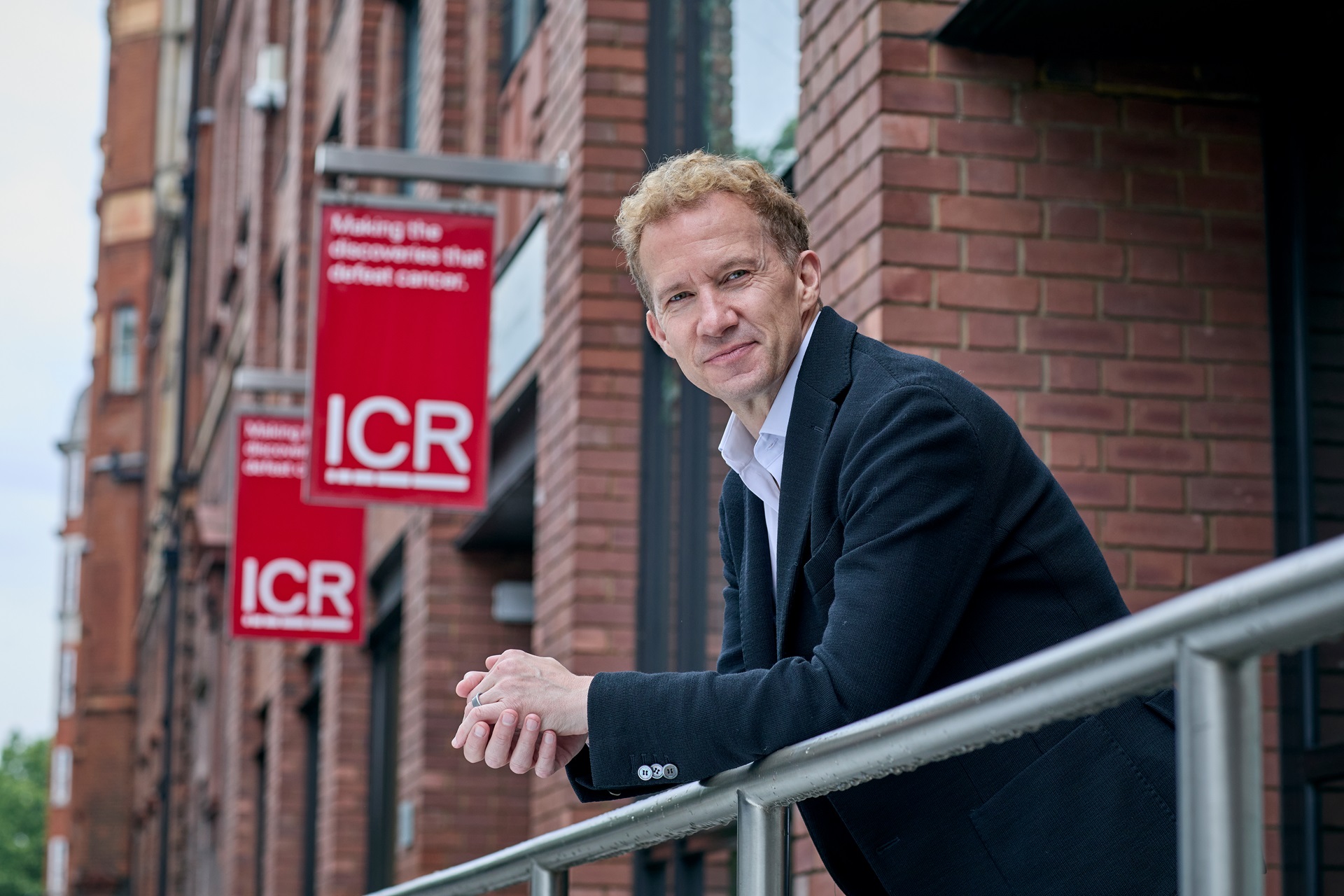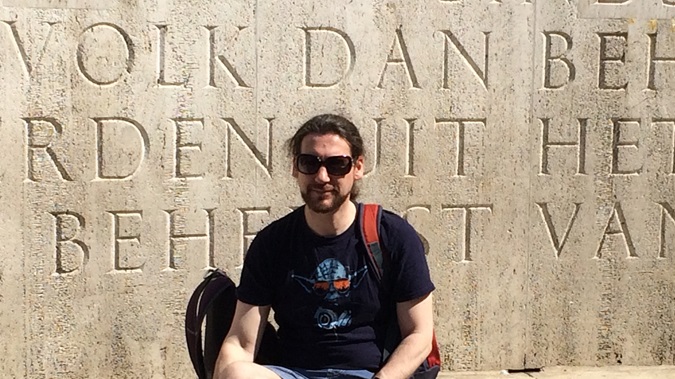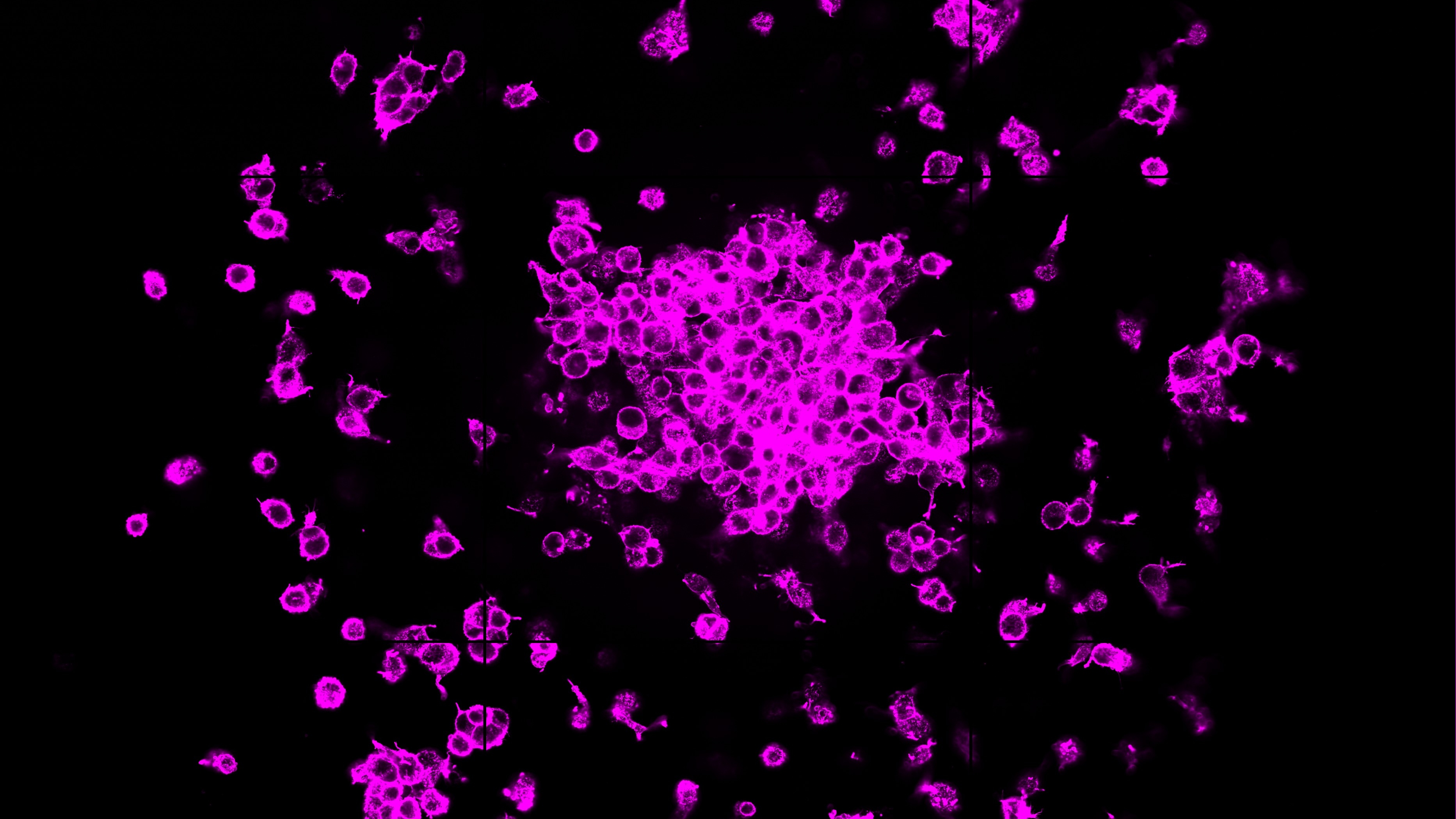Help us outsmart melanoma to save more lives
Give a monthly donation to help us uncover how melanoma develops, grows and spreads — so we can develop new treatments to stop it in its tracks, and save more lives.
Understanding cancer can be lifesaving
Melanoma, the most dangerous type of skin cancer, affects around 16,000 people each year. When diagnosed early, it can often be cured. But once the disease has spread to other parts of the body, it becomes much harder to treat. Our scientists have been at the forefront of some of the most important new treatments for melanoma, offering new hope to patients.
We helped uncover how faults in a BRAF gene can drive melanoma, leading to the discovery of targeted drugs including vemurafenib and dabrafenib, which are now the cornerstone of treatment for people with advanced melanoma. Our discoveries are helping to save lives.
Sally's melanoma story
Sally Steadman-South was diagnosed with melanoma in 2014 at the age of 34, after visiting the GP about a small mole on her chest. By the time she had an operation to remove it, the cancer had already spread. Despite developing tumours in her lymph nodes, and later to her brain, combinations of immunotherapy, targeted drugs and radiotherapy have helped her stay afloat. Now, the tumour in her brain has disappeared, and she’s focusing on making more memories with her family.
“Every day is valuable. My family and I still have more memories to make together, and we rely on researchers at the ICR to make this possible for the years to come.” - Sally Steadman-South
Understanding how cancer cells ‘shapeshift’ to spread through the body
Using state-of-the-art imaging technologies and artificial intelligence (AI), Professor Chris Bakal’s team is studying how melanoma cells break away from the original tumour, travel through the body and start growing in new locations.
In 2013, the researchers identified a set of genes that allow melanoma cells to rapidly switch between two distinct shapes – becoming rounded to move through soft tissues or blood vessels, or elongated to push through harder tissues like bone. This research is paving the way for potential new drugs that are now being explored in clinical trials.
.png?sfvrsn=81b7f428_1)
Uncovering the ‘roadmap’ that aggressive cancer uses to spread
Tumours are held together by a structure called the extracellular matrix (ECM), which acts like scaffolding around a building. Professor Sanz-Moreno’s team recently discovered how melanoma cells use the layout of this structure as a ‘roadmap’ to escape the tumour. This breakthrough, built on nearly a decade of research, could help doctors predict which tumours will become aggressive, offering hope of stopping the disease before it spreads.
“We’ve uncovered the roadmap that cancer cells use to break out of a tumour and spread. We can now look to target different aspects of it, to stop aggressive cancers from spreading.” Professor Victoria Sanz-Moreno
How your donation can help
If 40 people gave
£5 a month
.png?sfvrsn=afb859f5_1)
it could fund a month of protein analysis needed for Professor Chris Bakal’s research
If 40 people gave
£10 a month
.png?sfvrsn=2534fe44_1)
it could fund the next generation of scientist’s tuition fees for a year
If 60 people gave
£25 a month
.png?sfvrsn=21dc8bd_1)
it could fund the monthly consumables required for a research lab
Help us unravel cancer’s secrets
Cancer is complex, but we are unravelling its secrets. With your support, we can increase our understanding of how melanoma grows and spreads – and develop new treatments to stop it in its tracks. Please donate today and help us lay the foundations for the next generation of life-saving melanoma treatments.
.png?sfvrsn=1cbd3fc6_1)


.tmb-ctadt.jpg?Culture=en&sfvrsn=3f16a0e5_1)
.png?sfvrsn=4ef149b3_1)
